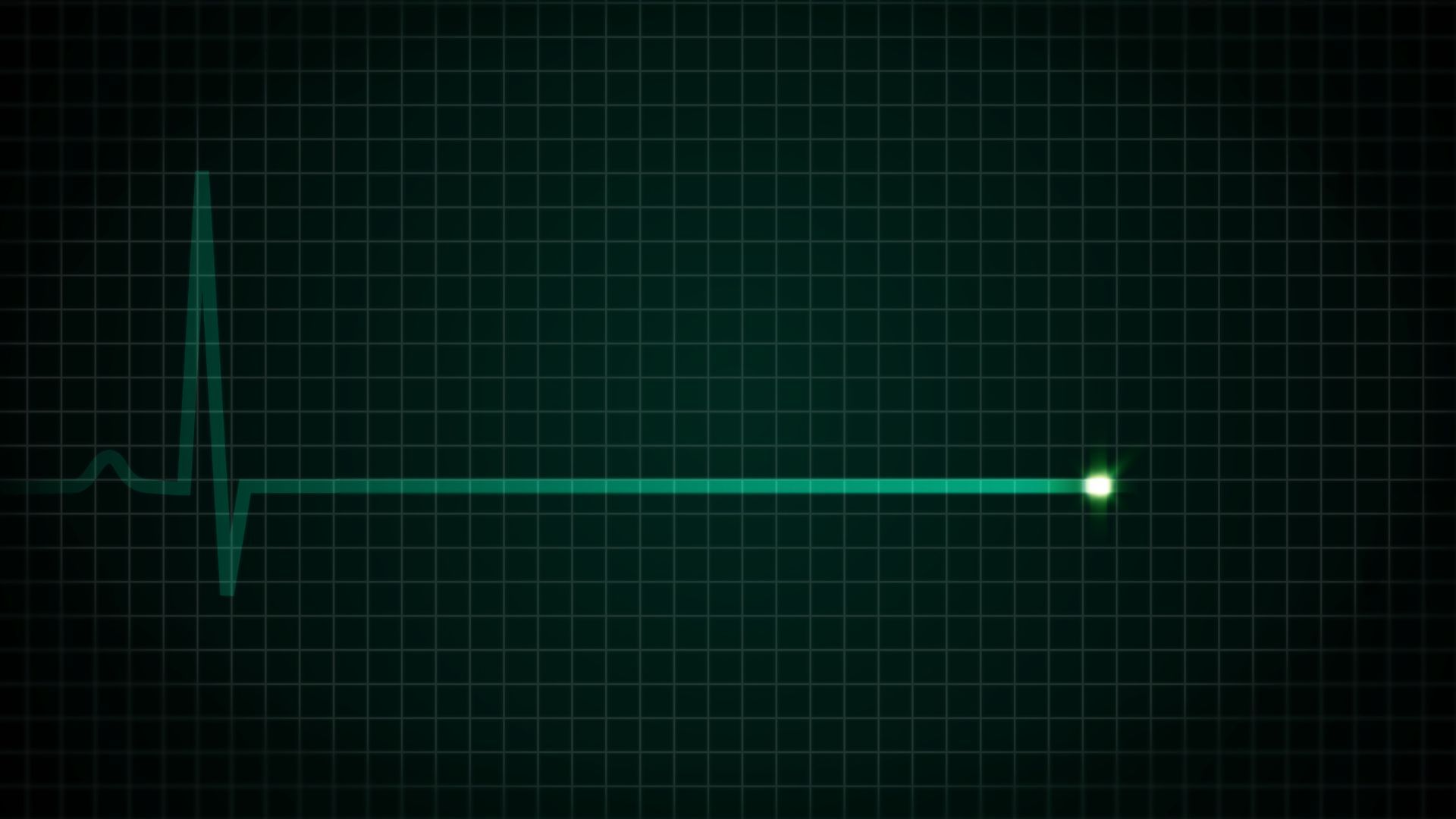Intubation
Contents
Intubation Pronunciation: In-tu-ba-tion (ˌin-(ˌ)t(y)ü-ˈbā-shən)
Definition: Intubation is a medical procedure where a tube is inserted into the trachea (windpipe) to establish and maintain an open airway, to assist with breathing, or to administer certain drugs.
What is Intubation?
Overview:
Intubation is often performed in emergency situations to prevent a patient from experiencing asphyxiation, but it can also be carried out as part of a planned procedure where general anesthesia is required, such as surgery. During intubation, a tube is passed through the mouth and then down into the trachea.
Key Facts About Intubation:
- Intubation provides a secure airway, which allows oxygen to reach the lungs and facilitates the removal of carbon dioxide.
- In addition to emergency situations, intubation is commonly performed before major surgeries under general anesthesia, as the patient’s ability to breathe independently can be compromised.
- The process of inserting the tube is called ‘endotracheal intubation’. The tube, known as an endotracheal tube, stays in place until the patient can breathe independently.
- The procedure requires specialized training to perform and manage complications. It’s usually performed by a trained health professional like an anesthesiologist, nurse anesthetist, paramedic, or emergency medical technician.
- Complications can include damage to the teeth, larynx (voice box), or trachea, infection, aspiration of stomach contents, and in rare cases, puncture or perforation of the trachea.
Understanding Intubation
What are the symptoms that may necessitate intubation?
A person may require intubation if they are experiencing:
- Respiratory distress or failure
- Impending or actual airway obstruction
- Hypoxia (low oxygen levels)
- As a protective measure in cases of impaired consciousness
- During certain surgeries under general anesthesia
What are the causes necessitating intubation?
The need for intubation is usually due to medical emergencies, such as:
- Severe trauma or injury
- Severe respiratory infection or condition, such as pneumonia or COVID-19
- Cardiac arrest or severe heart disease
- Overdose or poisoning
- Severe allergic reactions
- As a protective measure in certain surgeries under general anesthesia
How is the need for intubation diagnosed?
The need for intubation is usually determined based on a person’s inability to maintain sufficient oxygen levels, maintain an open airway, or safely protect their airway due to a decreased level of consciousness. Healthcare providers will consider the person’s medical history, current condition, oxygen levels, and other relevant factors.
How is intubation performed?
Intubation is typically performed using a laryngoscope, a device with a light and camera, to visualize the vocal cords. The provider uses the laryngoscope to guide the endotracheal tube into the trachea. Once in place, the tube is inflated to keep it secure, and it’s connected to a ventilator if necessary.
More Articles





